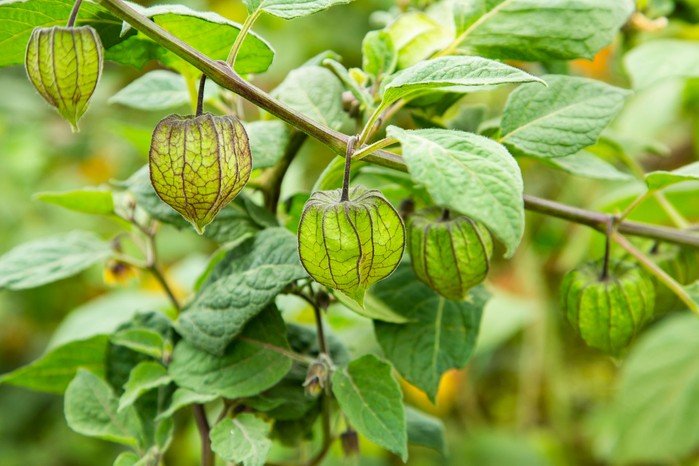Horseradish Plant
“Armoracia rusticana”
PLANT AVAILABILITY: From Early Spring to Early Winter
POT SIZE: 2L
BENEFITS
It is frequently prepared as a condiment, but the roots are also used as medicine. Horseradish is used for urinary tract infections, kidney stones, fluid retention, cough, bronchitis, achy joints (rheumatism), gallbladder disorders, sciatic nerve pain, gout, colic, and intestinal worms in children.
GROWING CONDITIONS
Season: All Year / Perennial
Soil: Rich and well draining
Watering: Keep moist, does not tolerate dryness
Position: Part shade, does well under shrubs and trees
Fertilizing: Compost, Manure, Liquid feed
Use: Harvest roots and grate them as a condiment,used like a mustard or wasabi
Growing tips: Prune in spring. Will spread if uncontained, and roots over a year old cannot be used for cooking. Replant aged roots to regenerate your planting.
Companion Plants: Grapes, Fruit Trees, Shrubs
“Armoracia rusticana”
PLANT AVAILABILITY: From Early Spring to Early Winter
POT SIZE: 2L
BENEFITS
It is frequently prepared as a condiment, but the roots are also used as medicine. Horseradish is used for urinary tract infections, kidney stones, fluid retention, cough, bronchitis, achy joints (rheumatism), gallbladder disorders, sciatic nerve pain, gout, colic, and intestinal worms in children.
GROWING CONDITIONS
Season: All Year / Perennial
Soil: Rich and well draining
Watering: Keep moist, does not tolerate dryness
Position: Part shade, does well under shrubs and trees
Fertilizing: Compost, Manure, Liquid feed
Use: Harvest roots and grate them as a condiment,used like a mustard or wasabi
Growing tips: Prune in spring. Will spread if uncontained, and roots over a year old cannot be used for cooking. Replant aged roots to regenerate your planting.
Companion Plants: Grapes, Fruit Trees, Shrubs
“Armoracia rusticana”
PLANT AVAILABILITY: From Early Spring to Early Winter
POT SIZE: 2L
BENEFITS
It is frequently prepared as a condiment, but the roots are also used as medicine. Horseradish is used for urinary tract infections, kidney stones, fluid retention, cough, bronchitis, achy joints (rheumatism), gallbladder disorders, sciatic nerve pain, gout, colic, and intestinal worms in children.
GROWING CONDITIONS
Season: All Year / Perennial
Soil: Rich and well draining
Watering: Keep moist, does not tolerate dryness
Position: Part shade, does well under shrubs and trees
Fertilizing: Compost, Manure, Liquid feed
Use: Harvest roots and grate them as a condiment,used like a mustard or wasabi
Growing tips: Prune in spring. Will spread if uncontained, and roots over a year old cannot be used for cooking. Replant aged roots to regenerate your planting.
Companion Plants: Grapes, Fruit Trees, Shrubs











